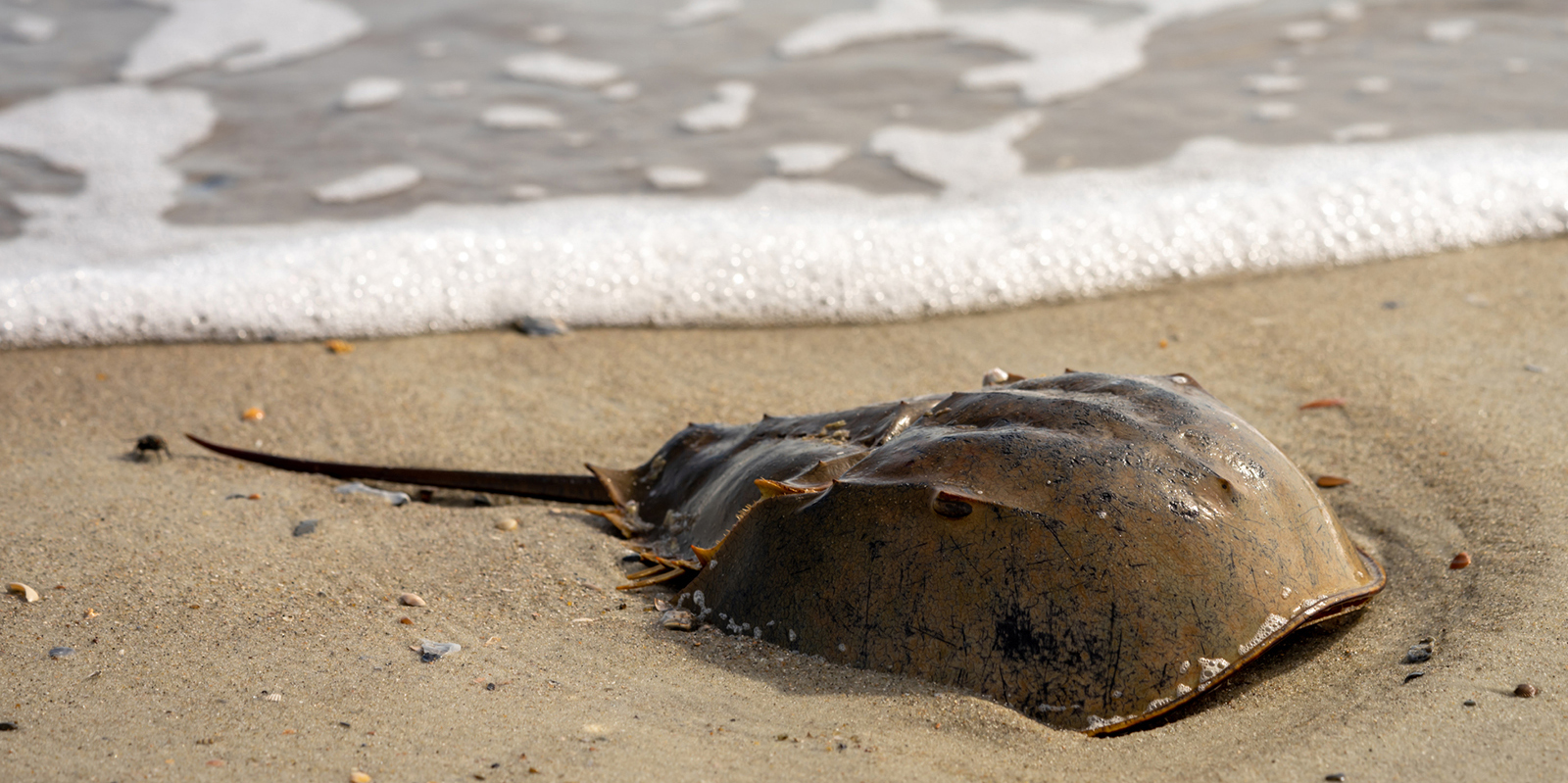Providence River Dredging Concerns Save The Bay
November 19, 2019
PROVIDENCE — Dredging of the Providence River, from the Providence Place mall to the new pedestrian bridge, has drawn objections from Save The Bay.
According the environmental education and advocacy organization, the $5 million project is being rushed and, when it was announced, still required testing of the dredged material and lacked the proper authorization for disposal.
“This makes it impossible to understand the environmental impacts of its disposal,” according to an Aug. 30 letter from Save The Bay to the Coastal Resources Management Council (CRMC) and the Rhode Island Department of Environmental Management (DEM).
A 10,500-foot-long tube is drawing a slurry from the river bottom through the hurricane barrier to a collection area along the riverbank in East Providence. About 22,000 cubic yards of dredged material will be piled and dried at a manmade outcropping called the South Quay, a wharf approved some 40 years ago by CRMC under questionable circumstances. The wharf was the precursor to a shipping/rail terminal for the Providence and Worcester Railroad that was never built.

Save The Bay objected to CRMC’s original plan to use the material as fill for a 45-acre waterfront amphitheater development proposed by the new owner, RI Waterfront Enterprises LLC, a subsidiary of Mugar Enterprises Inc. in Boston. Mugar owns the Orpheum Theatre and several other venues in the Boston area. The mega-concert company Live Nation Entertainment, based in Beverly Hills, Calif., is a concert booking partner.
A plan for the mixed-use development has yet to be submitted by RI Waterfront Enterprises LLC, so it’s not certain if the dredged material can be used there. For now, the South Quay will serve as a temporary storage area for river detritus.
If the material is used at the East Providence site, Save The Bay said an approved sampling plan is needed from the Army Corps of Engineers and permits must be obtained from DEM.
According to CRMC, the river material was previously tested by the Army Corps of Engineers and isn’t hazardous. It also meets state standards for use at commercial and industrial sites, CRMC noted. Every 500 cubic yards will be tested by DEM at the South Quay to determine that it meets pollution limits. Erosion and sediment-control measures will also be used to reduce runoff from the slurry deposited at the East Providence wharf.
A brownfield site, the former American Tourister property at 70 Houghton St. in Providence, is the authorized backup location for the dredged material.
CRMC wants the dredged material used for the proposed South Quay development, otherwise some 1,000 truck trips will be needed to transport the fill to 70 Houghton St.
According to Save The Bay, a portion of the Providence River below the Crawford Street bridge contains lead and other industrial pollutants. Plans for dredging this area have since omitted this portion of the river. CRMC says the material from the modified dredged area contains mostly silt and sand from street de-icing.
This section of the Providence and Woonasquatucket rivers was last dredged about 25 years ago, when Waterplace Park was created. This manmade channel will likely require future excavating, because catch basins in the area aren’t emptied regularly. Rather than collecting in sumps and removed periodically by the state or city, the sediment flows directly into the river.
According to CRMC, the project is moving forward quickly because the staging and docking area near the western edge of the new pedestrian bridge is scheduled to be redeveloped into a new park this spring.
The dredging operation, which began Nov. 19, is scheduled to run 24 hours a day until late December. The dredging and pumping must operate nonstop to prevent freezing and clogging. In the event the hurricane barrier needs to be closed, the dredging company has an hour to remove the pipe that runs through the opening. The pipe will float on top of the water while inside the barrier and sunk 40 feet outside the barrier to allow ship travel.
Noise from the suction dredge boat will register about 70 decibels, which is similar to a conversation in a restaurant plus background music, according to CRMC.
“I’m certain, certain people will be bothered by it because whenever we have a dredging project we do get calls from people who have trouble sleeping. And it’s just different noise,” said Dan Goulet, CRMC’s dredge coordinator, during a Nov. 12 CRMC board meeting.
The original depth of the river was about 3 feet at low tide. But sediment, comprised mostly of sand used to de-ice roadways, has washed into the river. Because of this accumulation, parts of the riverbed are now exposed at low tide.
One snag, so far, has been the removal of the anchors for the metal baskets that hold the log fires during WaterFire events.
The dredging will be done by J.F. Brennan Co. Inc. of La Crosse, Wis. Funding is being provided by the Clean Water and Green Economy Bond that voters approved in 2018.
WaterFire is one of the partners of the project, along with the 195 Development District, the city of Providence, CRMC, The Nature Conservancy, and The Providence Foundation, the Rhode Island Department of Transportation, and the Woonasquatucket River Watershed Council.




Is there a plan to start emptying the catch basins?
This is the plan